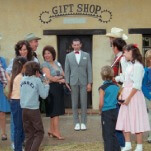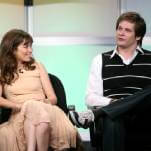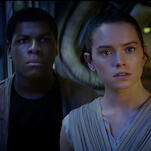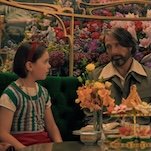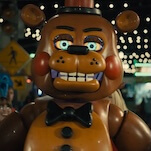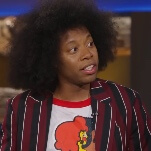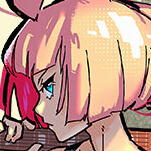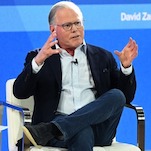Orphan Black’s third season almost devolves into chaos before finding its feet
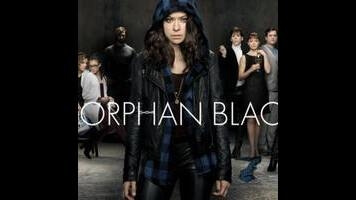
Throughout its excellent second season, Orphan Black was always in danger of tossing one too many balls in the air. In addition to exploring female identity through five clones (Tatiana Maslany as Sarah Manning, Alison Hendrix, Cosima Niehaus, Rachel Duncan, and Helena), the ever-expanding show introduced multiple shadowy corporations, corrupt religious institutions, scientific mysteries, conspiracies-within-conspiracies, and uneasy alliances. The season finale added yet another factor: a line of male clones known as Project Castor who were developed for, and controlled by, the military. The third-season premiere struggles to keep all those elements in the air as it reintroduces major players and key plots, but once the show settles into familiar patterns, it’s as good as it’s ever been.
Orphan Black explicitly explores the female experience through a sci-fi lens—adding male identity issues could have diluted that thesis statement, but the show thankfully keeps its focus on the female Project Leda clones first and foremost, continuing to explore themes of female agency and consent while using the Castor clones as supporting players. That’s a smart choice for the show as a whole, but it’s a slight detriment to the premiere, which struggles to define its three newly introduced Castor clones (Ari Millen now plays Rudy, Seth, and Miller in addition to Mark, the previously introduced reformed Prolethean). It doesn’t help that the men are not as visually distinct as the female clones. And since the militaristic Castor clones are meant to be less individualized than the Leda women, Millen in some ways has an even tougher challenge than Maslany when it comes to distinguishing them. He handles the task admirably, but without her finesse.
Yet the second episode proves Orphan Black has a firm handle on the Castor clones and the issues of masculinity and brotherhood they represent. It goes a long way to clarifying their personalities, particularly scar-faced Rudy and mustachioed Seth, who view themselves as brothers (with a healthy dose of psychosexual issues on the side). There are still way more questions than answers about Project Castor—and the male clone’s role on the show—but the second episode proves these new characters can compliment the show’s female leads without overwhelming them.
Instead, the female clones rightly take center stage in these first two episodes. Last year’s season finale actually left the Clone Club in relative stability: Dyad leader Rachel was incapacitated with a pencil to the eye, uptight soccer mom Alison reconnected with her husband/ex-monitor Donnie (Kristian Bruun), bohemian scientist Cosima miraculously returned from the brink of death, and ex-punk single mom Sarah gained a powerful ally in Dyad uber-exec Marion Bowles (Michelle Forbes). In trying to insert premiere-worthy drama to that stable world, the show overreaches a bit, mudding the waters with creepy corporate agents, secret plans, and a whole lot of exposition.


























